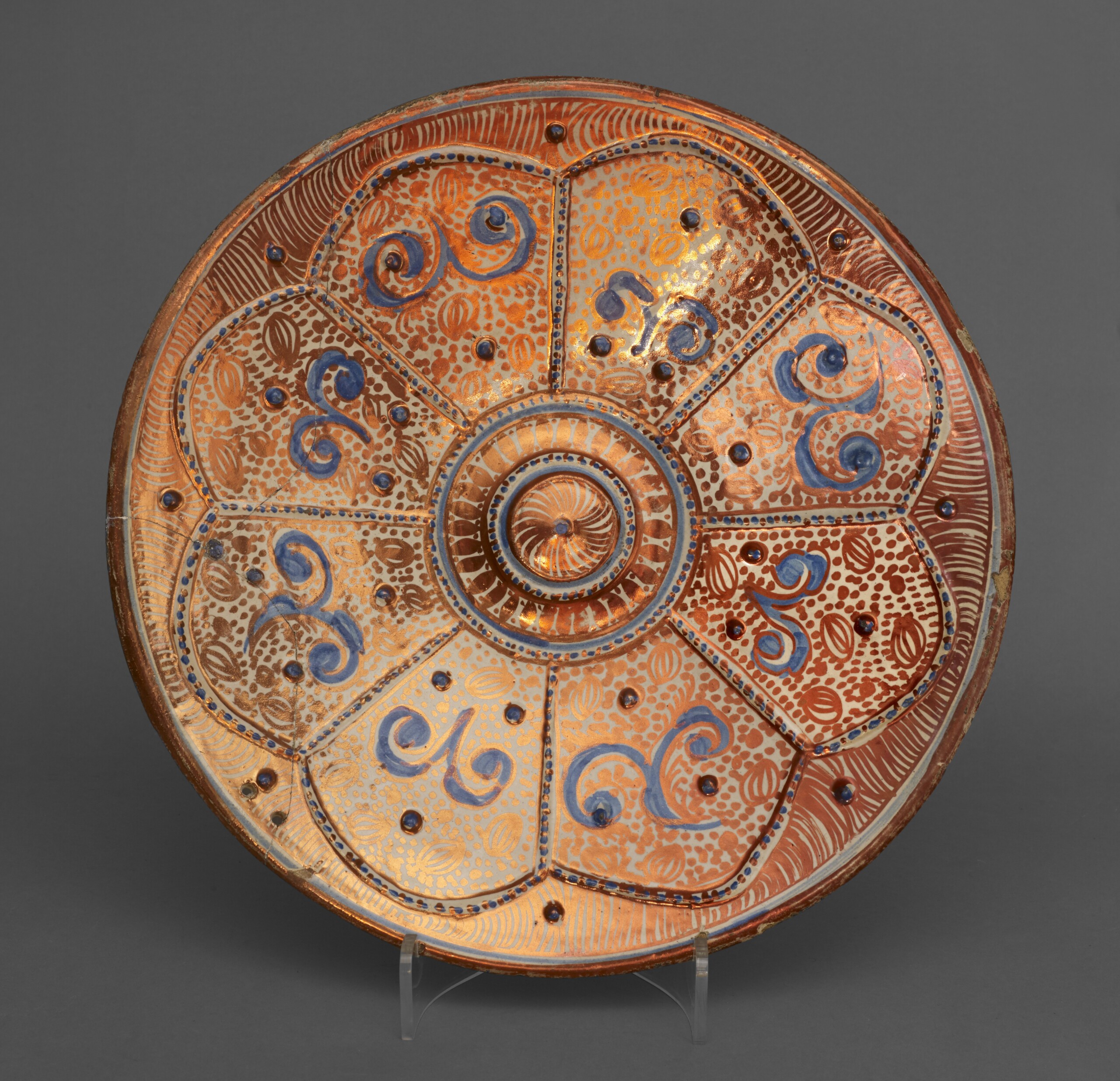
in Español / Spanish translated by Aitana
This object has been translated into 3 different languages by 3 different users
Los mudéjares fueron los musulmanes a los que se les permitió quedarse en España después de que un rey Cristiano reconquistara la Península Ibérica. Su cultura inspiró un estilo islámico de arte y arquitectura con adornos intrincados y repetitivos, que aún se conserva y se puede ver en numerosos lugares históricos alrededor de España.
Este cuenco data de los siglos XV-XVI, y fue encontrado en el área de Manises, en Valencia, España. Tiene un vidriado estannífero que lo recubre (de color blanco), y brilla con los adornos decorativos metálicos de su superficie.
¿Tienes un edificio o estilo arquitectónico favorito?
Translating this text has led me to discover that the Mudejar used a technique called tin glazing (glazing ceramic pieces with tin and lead) to vitrify and waterproof them. This enamelling left the piece white (and not metallic as one might think!), and was then decorated with green, purple, blue or gold colours.
Glazed ceramics were used both in Mudejar tableware elements and in architectural decoration.
https://manisescityofceramics.es/en/lustreware
Traducir este texto me ha llevado a descubrir que los mudéjares utilizaban una técnica llamada vidriado estannífero (esmaltando las piezas de cerámica con estaño y plomo) para vitrificarlas e impermeabilizarlas. Este esmaltado dejaba la pieza blanca (¡y no metálica como se podría pensar!), y luego se decoraba con colores verdes, morados, azules o dorados.
La cerámica vidriada se usaba tanto en elementos de la vajilla como en la decoración arquitectónica mudéjar.
https://manisescityofceramics.es/la-ceramica-de-reflejo-metalico/
ReportDo you have something you’d like to say, in your own language or English, about the object or translation? We’d like to hear what you think.
Translations are community-sourced and for anyone to participate in, however you use your language. For more information, see Community Guidelines.
Write a Reply or Comment